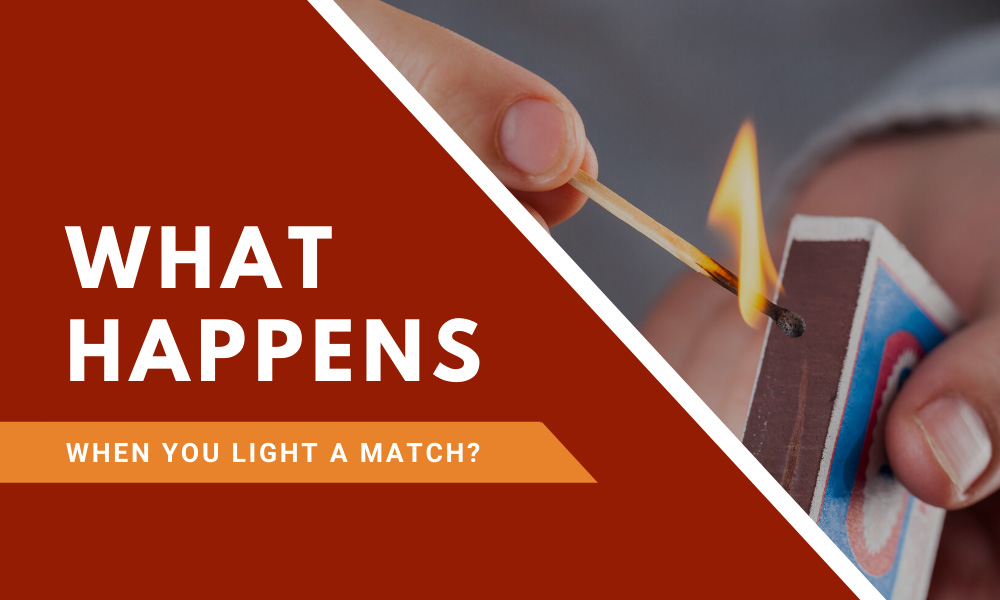Most people have used a match at least once before; others use them quite often. Matches are handy little tools whose impact on human lives often goes unnoticed. Prior to their invention, lighting a fire was a difficult task—now, people can simply grab a match and go.
How to light a match
Original matches
When matches were first invented, they weren’t the pocket-sized convenience they are now. They were large wooden sticks about a yard long, with sulfur and phosphorus at one end. To light them, people had to strike them against any rough surface.
Strike-anywhere matches
Unlike the original match, strike-anywhere matches consist of sticks that are typically less than 60mm long. Strike-anywhere matches are lit by striking the red tip on the end against any rough surface, similarly to how the original matches were lit.
Safety matches
Today, safety matches are the most commonly used type of match. Invented in 1844, the safety match can only be lit with a specific lighting strip or pad. This development revolutionized the match industry: now, matches can no longer accidentally light and cause harm.
What happens when you light a match?
When you use a safety match, a few things happen in just the few seconds it takes to swipe the stick across the striker strip. Most matchboxes come with a black or dark-colored strip or pad, which is either located on the matchbox itself or included separately in the box.
Depending on the type of match you use, the red tip will contain some or all of these ingredients: sulfur, potassium chlorate, phosphorous, fillers, glass powder, and sand. Strike-anywhere matches may contain phosphorous, but safety match heads never include phosphorous.
For safety matches, the striker strip will contain red phosphorous along with sand and/or glass powder and a binding agent. When you strike the match on the striking strip, the sand and glass powder create friction. This friction turns into heat, which spurs two things. First, the heat turns the red phosphorous into a small amount of white phosphorous, an element that’s so reactive it immediately bursts into flames. The heat also creates an oxidizing agent in the match head, which ignites the white phosphorus. Both of these reactions cause the tip of your match to light.
With the safety and convenience a small matchbook, getting custom wooden matchesmade for your event or business is a sure way to create a spark with your guests or customers. Check out our wide selection of personalized matches.

